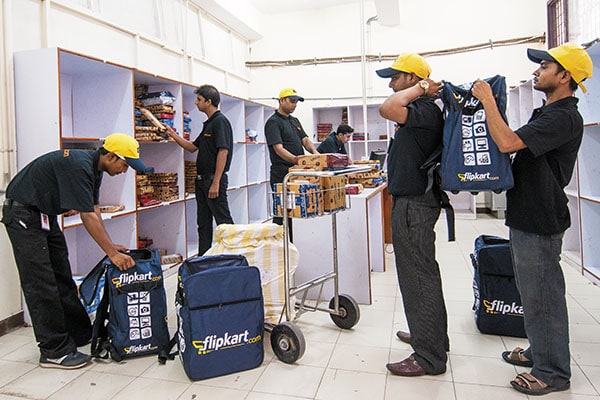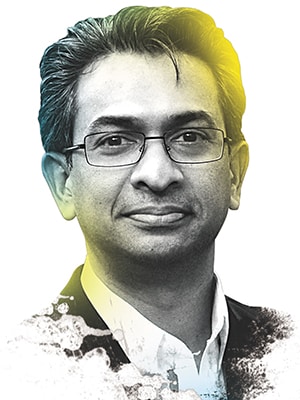
Rajan Anandan: For the Internet, Faster Means Better
The potential for growth in this sector is limitless —We need the government to unleash it
There are four issues related to my sector—the internet—which I believe the new government needs to urgently address.
A True Broadband Nation
It is important to build a nation of broadband. Today we are building a massive, narrowband internet nation. India has over 200 million internet users; we add over four million new users every month. Despite the pace of growth, internet in India is characterised by two unique—and disappointing—attributes.
One: We are a country that defines broadband as 512 KBps while most other large internet countries are going from 2 to 10 MBps and countries like Korea are moving to 100 MBps. Two: Most new internet users are still coming to the internet through narrowband networks. The fact that, in 2014, several million new internet users are experiencing 2G networks is indeed unfortunate.
It is also interesting that most new internet users are smartphone users—they have the best gadgets available globally—but are still on narrowband networks. Making our nation a broadband nation where infrastructure is geared up and broadband is a reality should be a priority for the new government.
Reform the IT Act
We need laws that, keeping with the global trend, take into account the realities and possibilities that the internet has to offer. Specifically, the IT Act needs reform to enable innovation in that dynamic part of the ecosystem which deals with intermediaries. Currently, the Act is being interpreted in a manner that holds internet intermediaries accountable for content posted by users on the platforms provided by them. Unless there is an amendment, it will be very difficult for India to produce world-scale internet platform companies. For instance, earlier this year, WhatsApp was acquired by Facebook in a $19 billion deal. Given our IT Act, WhatsApp could never have been founded in India. It had 55 employees when they were acquired—almost all were engineers. Had it been founded in India, they might have had all lawyers and no product. Amendments are crucial to facilitate internet innovation since the Act itself is nebulous and imposes onerous compliance obligations.

FDI in Ecommerce
Ecommerce in India stands at $15 billion, of which over $10 billion is online travel; the rest comes from product commerce. Ecommerce has the potential to grow to a $100 billion industry over the next decade—it can be significantly bigger than the entire IT industry in India. The only constraint to its hyper growth is FDI; this needs a green signal so that the industry can flourish.
The two big beneficiaries of ecommerce growth are consumers (they get access to products that they otherwise don’t have) and small businesses. China’s Alibaba has Taobao—the world’s largest ecommerce company—that provides two million small businesses a platform to sell their products to Chinese consumers at home and abroad. These businesses are now growing much faster than they were before because they are able to leverage the power of the internet and the Taobao platform. In India, on the other hand, only 20,000 small businesses sell online through various market places like eBay, Flipkart, etc, although there are about four lakh businesses with a web presence. If the ecommerce industry grows, there could be a hundred-fold increase in the number of small businesses that benefit from it.
Consumers would also get access to a diverse set of products and services that otherwise would not have been easily available. Take apparel, which is now the largest category in terms of the number of transactions in India. Over 50 percent of the products shipped by most apparel ecommerce sites are to cities beyond the top eight metros. Till a few years ago, consumers in tier III or IV towns didn’t have access to a whole host of products. Today, any consumer, regardless of where he or she lives, can access millions of products with a click of a mouse or on their smartphone.
Which Model Governs Best?
There are two models to internet governance. One: The multi-stakeholder model where consumers, activist groups, think tanks, industry, media and government are involved in defining how the internet should be governed. Two: The multilateral model where governments get together and define how internet should be managed. In my view, the multi-stakeholder model is ideal for internet to continue to thrive in India. In this model, one creates various forums that include all the stakeholders, and they collectively define what will and won’t be done as opposed to the government alone taking a call on internet governance norms.
(As told to Deepak Ajwani)
(This story appears in the 30 November, -0001 issue of Forbes India. To visit our Archives, click here.)





